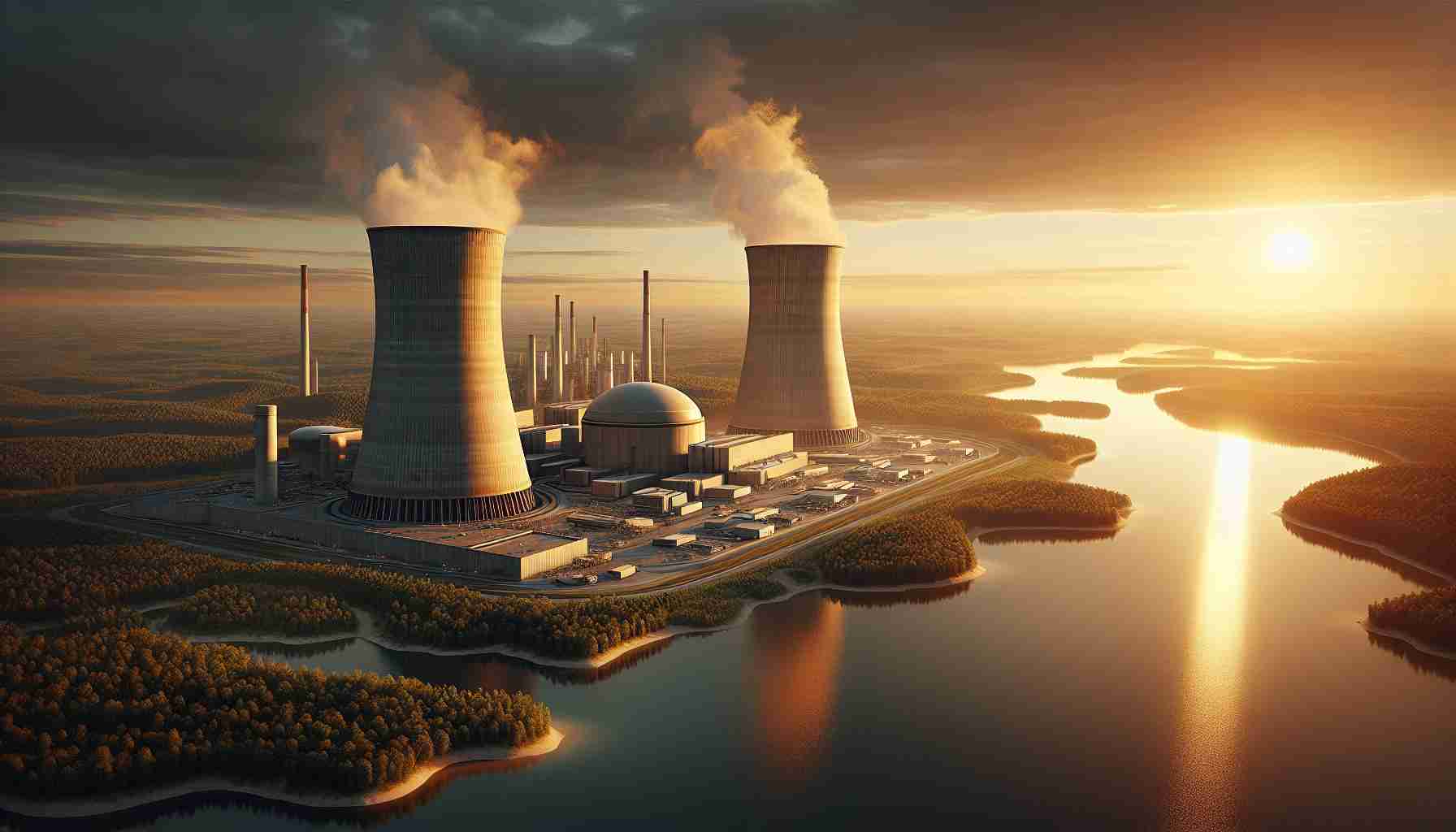- Minnesota is poised to lift its ban on new nuclear power plants, offering a fresh energy strategy focused on sustainability and reliability.
- House Finance and Policy Committee backs HF9, which emphasizes nuclear power, boosted hydroelectricity, improved carbon capture, and extended renewable deadlines.
- The initiative promises economic benefits, with high-paying jobs and stabilized energy costs, potentially attracting more businesses.
- Environmentally, nuclear energy’s low emissions align with climate goals, positioning Minnesota as a leader in clean energy innovation.
- Concerns include nuclear waste management near the Prairie Island Indian Community and the need for genuine collaboration with local stakeholders.
- Minnesota’s approach might influence national energy policies, balancing innovation with community and environmental considerations.
Minnesota is on the brink of an energy transformation with a bold legislative proposal that could lift the decades-long ban on new nuclear power plants. Championing this movement, Representative Chris Swedzinski’s bill, HF9, could redefine the state’s energy strategy, offering a fresh path towards sustainability and reliability. Endorsed by the House Energy Finance and Policy Committee, this initiative promises to reframe Minnesota’s energy grid.
Powering the Future
The proposed legislation not only emphasizes nuclear power but also seeks to augment hydroelectric output, enhance carbon capture technologies, and extend deadlines for renewable compliance. By doing so, it aims to provide a balanced energy approach that stabilizes consumer costs—especially crucial as companies like Xcel Energy hint at potential price surges.
Economic and Environmental Dual Benefits
If passed, the implications are vast—high-paying jobs from nuclear infrastructure investments and stabilized energy expenses may attract businesses desiring dependable power, thus spurring economic growth. Environmentally, nuclear energy shines with its minimal emissions, aligning with global climate targets and potentially steering Minnesota to the forefront of clean energy innovation.
Addressing the Concerns
However, the journey is not without its hurdles. The Prairie Island Indian Community voices necessary concerns over the proximity of potential nuclear waste to their lands, urging for new, safe waste management solutions. Likewise, Xcel Energy calls for genuine collaboration with local communities to ensure that their voices are not only heard but actively integrated into these plans.
A Nationwide Impact
Minnesota’s contemplation of nuclear power reflects broader national energy dilemmas. As states scramble to meet energy needs and climate pledges, this initiative might pioneer a new era of energy solutions, merging innovation with community mindfulness. The road ahead is fraught with challenges, but Minnesota’s legislative strides could echo nationwide, paving new paths in energy policy.
Minnesota’s Nuclear Energy Revival: A Game Changer?
Expanding Minnesota’s Energy Frontier
Minnesota is poised for a transformative shift in its energy policy with the introduction of Representative Chris Swedzinski’s bill, HF9. This proposed legislation could potentially lift the long-standing ban on new nuclear power plants in the state, marking a significant pivot in Minnesota’s energy strategy. By embracing nuclear energy alongside enhancing hydroelectric capacity and carbon capture technologies, the state aims to stabilize consumer energy costs and ensure a reliable supply amidst looming price hikes from major utilities like Xcel Energy.
What are the Economic and Environmental Advantages?
1. Economic Growth: If the legislation passes, Minnesota could see a surge in high-paying jobs linked to nuclear infrastructure developments. This has the potential to attract new businesses, thanks to the promise of stable, dependable energy.
2. Environmental Impact: From an environmental perspective, nuclear energy offers a cleaner alternative with significantly lower emissions. This aligns with global efforts to combat climate change, positioning Minnesota as a leader in clean energy innovation.
3. Consumer Cost Stability: By diversifying its energy sources and stabilizing costs, Minnesota could protect consumers from dramatic price swings, a boon in a fluctuating energy market.
How Will Potential Concerns Be Addressed?
Despite the advantages, the proposed nuclear expansion isn’t without controversy. The Prairie Island Indian Community underscores the critical need for secure nuclear waste management strategies, given the risks to their lands. Xcel Energy stresses the importance of meaningful community collaboration to ensure all voices are considered in future developments.
Will Minnesota’s Legislation Set a National Precedent?
Minnesota’s decision to explore nuclear energy reflects a broader national effort to meet rising energy demands and climate commitments. The state’s legislative efforts could serve as a model for other states, blending innovation with a focus on community involvement. While challenges abound, Minnesota’s path forward could influence energy policies across the United States.
Related Links for More Information
For further insights into Minnesota’s energy initiatives and broader national trends, consider visiting these links:
– Xcel Energy
– State of Minnesota
Exploring Further: What are the Challenges Ahead?
As Minnesota considers lifting its nuclear ban, it faces significant obstacles. Primary among these are addressing safety concerns related to radioactive waste, ensuring public support through transparent engagement, and managing the intricate balance between advancing technology and respecting community rights.
Minnesota’s legislative efforts could potentially reshape both state and national energy landscapes, offering a blueprint for a sustainable and economically viable future. However, success depends on navigating these multifaceted challenges with sensitivity and foresight.
The source of the article is from the blog qhubo.com.ni














